Paleontologists have long been fascinated by the fossilized remains of dinosaurs, and increasingly, the study of bonebeds – deposits consisting primarily of articulated or disarticulated fossil bones – is offering profound insights into their lives and deaths. Traditionally, dinosaur fossils were viewed as isolated individuals, representing snapshots of long-lived populations. However, the discovery of numerous bonebeds, often revealing massive concentrations of skeletal material, has revolutionized our understanding. It’s now clear that dinosaurs frequently experienced periods of widespread mortality, suggesting a much more dynamic and potentially perilous existence than previously imagined. This understanding relies heavily on a careful examination of the surrounding geological context.
The reconstruction of these mass mortality events is not simply about counting bones. It requires a comprehensive analysis of the geological and environmental conditions present at the time of the event. Combining fossil evidence with sedimentological and paleoenvironmental data offers a powerful, multidisciplinary approach, providing a more complete picture of the circumstances surrounding these dramatic dinosaurian tragedies. This detailed investigation allows us to move beyond simply documenting the deaths and start to understand why they occurred.
Fossil Assemblage and Bone Preservation
The initial analysis of the fossil assemblage is crucial. Examining the types of dinosaurs present, their age, and their relative abundance provides a first step in understanding the event. Are there specific species that dominate the bonebed, indicating a particular vulnerability? Examining the bone preservation is also paramount – the degree of articulation, the presence of staining patterns, and the types of fractures can all reveal information about the cause of death. Poorly preserved bones, for example, may indicate scavenging or prolonged exposure to the elements, whereas articulated remains often point to a more rapid burial. The state of preservation can therefore act as a key indicator of the event’s severity and duration.
Furthermore, analysing the bone morphology is increasingly useful. Variations in bone density, growth rings, and even subtle taphonomic features (changes caused by the processes of decay and burial) can offer clues about the dinosaurs’ health and age at the time of their death. Sophisticated techniques like micro-CT scanning allow paleontologists to examine bones in three dimensions without physically damaging them, offering a greater level of detail than traditional methods. Finally, considering the level of damage to the bones – whether they are crushed, splintered, or simply fragmented – can provide insights into the nature of the event.
Sedimentology: Uncovering the Context
Sedimentology – the study of sediments – plays a critical role in reconstructing the event. Analyzing the grainsize distribution within the bonebed deposit can reveal the energy of the depositional environment. High-energy sediments, such as those formed by flash floods or volcanic eruptions, would suggest a sudden, catastrophic event, whereas finer-grained sediments might indicate a more protracted process. The presence of different sediment types – like sand, mud, or volcanic ash – can also provide information about the origin of the deposits and the environmental conditions that prevailed.
The layering of the sediments is equally important. Observing stratigraphy – the arrangement of rock layers – can reveal the sequence of events. Multiple distinct layers, each representing a different depositional episode, may indicate successive events, while a single, well-developed layer suggests a more continuous event. Analyzing the presence of paleosols (fossilized soils) within the bonebed can also provide valuable clues about the age and duration of the event, as well as the surrounding vegetation. The texture of the sediment itself – its smoothness, graininess, or presence of clasts – tells a story about the forces that shaped it.
Paleoenvironmental Reconstruction

Understanding the prehistoric environment is vital to interpreting the bonebed. Analyzing the paleomagnetic data within the surrounding sediments can provide an absolute dating framework, establishing the age of the bonebed. Furthermore, examining fossil plant and invertebrate remains alongside the dinosaur bones offers insights into the type of habitat that existed at the time – was it a lush floodplain, a dry desert, or a coastal environment? This can help to establish the potential triggers for the mass mortality event.
The presence of specific geochemical signatures, like elevated levels of heavy metals, can also indicate the influence of geological activity, such as volcanic eruptions or hydrothermal events. Analyzing pollen distribution provides a detailed picture of the vegetation, while studying fossil trackways can reveal information about dinosaur movement and behavior in the area. Putting together all of these environmental proxies helps to create a holistic picture of the conditions leading up to and following the bonebed event.
Taphonomic Analysis: Interpreting Decay and Burial
Taphonomy, the study of the processes affecting the preservation and fossilization of organisms, is essential for interpreting the bonebed. Analyzing the patterns of bone disarticulation – the separation of bones from the skeleton – can provide clues about the cause of death and the sequence of events. For example, systematic disarticulation might suggest trampling by large herbivores, while chaotic breakage could indicate a violent impact or earthquake.
The presence of scavengers and the extent of their feeding can also be assessed, offering insights into the post-mortem processes. The degree of weathering and erosion on the bones provides an estimate of the time since death, while identifying the type of burial environment – whether it was rapid burial under a mudflow or a slower burial in a lake – influences the preservation quality. Finally, analyzing the paleosol development on the bones offers insights into the duration of the burial process, acting as a chronological marker.
Conclusion
The study of dinosaur bonebeds has dramatically altered our understanding of dinosaur life, shifting from a picture of isolated individuals to one of frequent and widespread mortality. By meticulously analyzing the fossil assemblage alongside sedimentological and paleoenvironmental data, paleontologists are beginning to reconstruct the circumstances surrounding these devastating events. It’s becoming clear that dinosaurs faced a constantly changing and often dangerous world.
Ultimately, the insights gained from these “dinosaur cemeteries” offer a unique window into the dynamics of ancient ecosystems, highlighting the interplay between geological events, environmental conditions, and the vulnerability of dinosaur populations. Continued research, utilizing increasingly sophisticated analytical techniques, promises to reveal even more about these spectacular events, providing a more nuanced and compelling understanding of the lives and deaths of prehistoric giants.
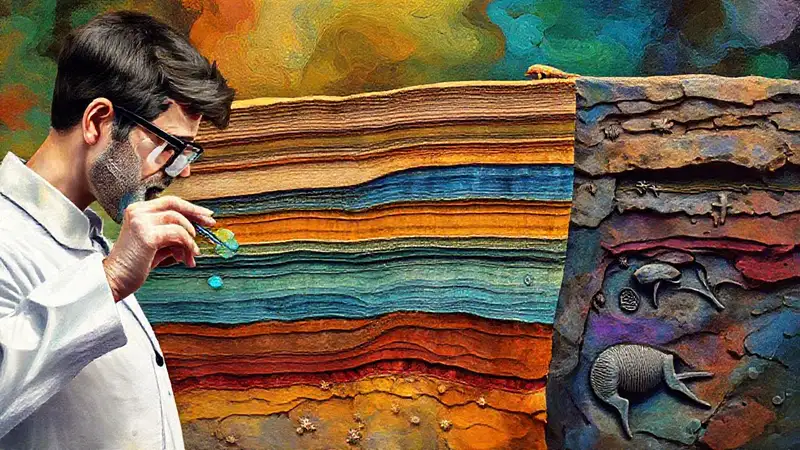
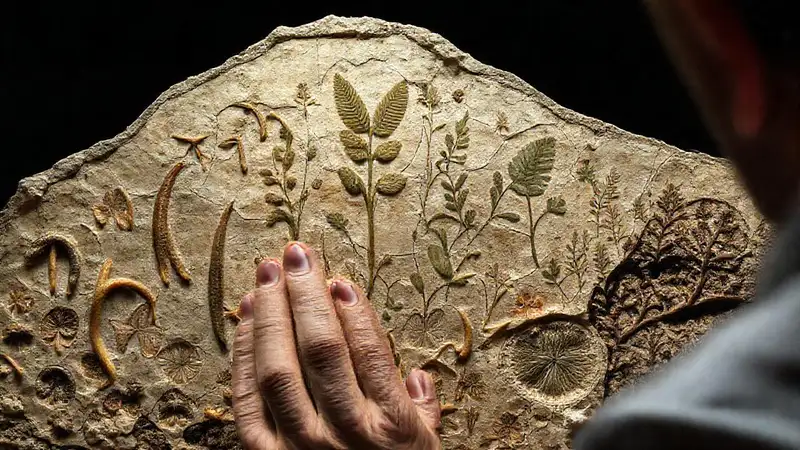
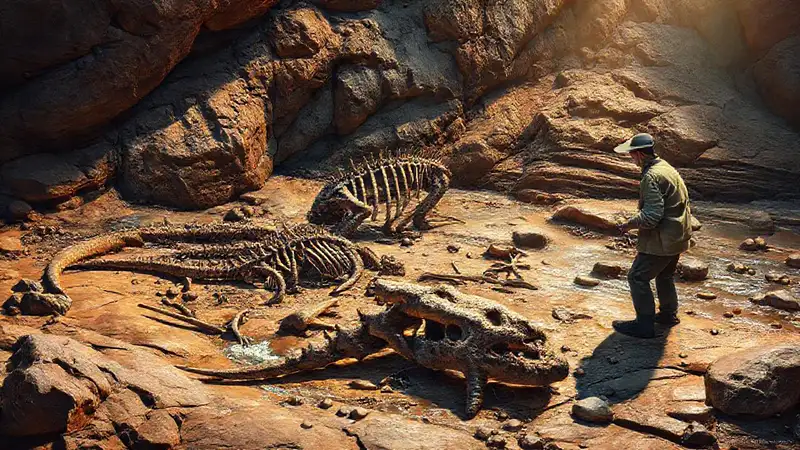
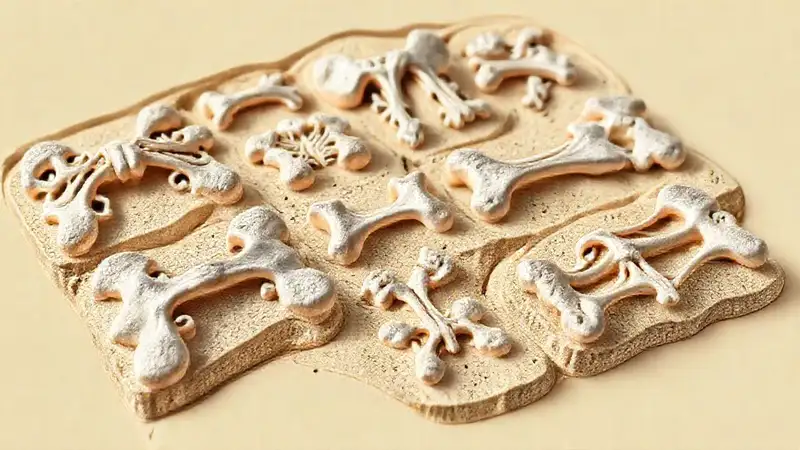
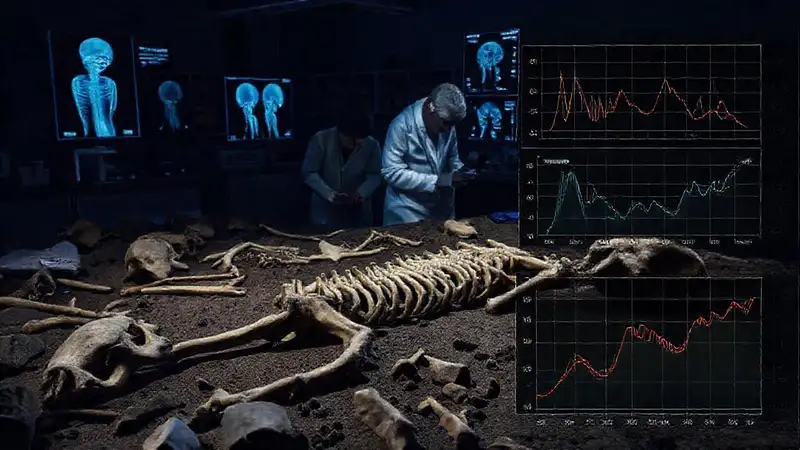

Deja una respuesta